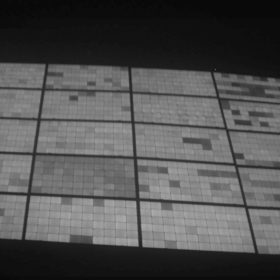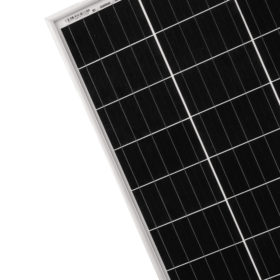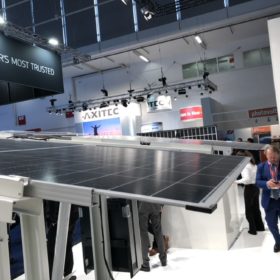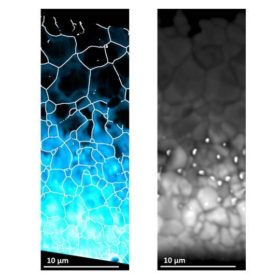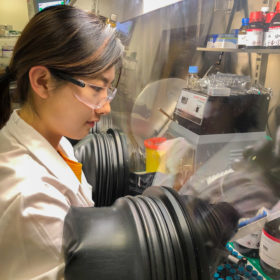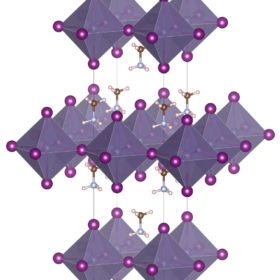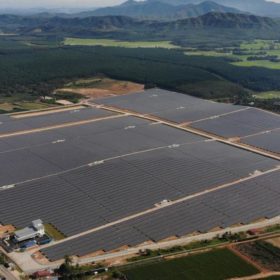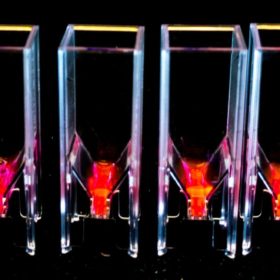UK scientists observe LID in action
A team of researchers from Manchester University claims to have identified the dominant process causing light-induced degradation in silicon solar cells. The process, termed “trap-assisted auger recombination”, arises from a defect in the bulk of the silicon material which lies dormant until exposed to sunlight.
Video: Quality Roundtable tackles glass-glass issue and underground cabling
At The smarter E Europe trade show, held in Munich in May, pv magazine was invited for another iteration of its Quality Roundtable events. Experts from manufacturing, project planning, finance and testing took the stage to inform the crowd on quality issues with modules, cables and inverters.
JinkoSolar records 469.3 W monocrystalline module
JinkoSolar today announced that it has set a new efficiency record for a monocrystalline PERC PV cell at 24.38%, and produced a module that achieved 469.3 W power in testing conducted by TÜV Rheinland. The Chinese module manufacturer also equalled a record claimed just last week by Trina Solar, of 24.58% conversion efficiency for an n-type monocrystalline cell.
IEA urges advanced economies to support nuclear as renewables cost continues to fall
An International Energy Agency report estimates the share of nuclear power in advanced economies could fall by two-thirds by 2040, as aging plants retire. The report claims without support for nuclear, the transition to a low carbon energy system would be far more complex and threaten global emissions targets.
New cell efficiency records for Trina and Canadian Solar
Chinese PV manufacturer Trina Solar today announced it has achieved a new efficiency record of 24.58% for a cell based on n-type monocrystalline TOPCon technology. The record has been confirmed by the ISFH CalTeC laboratory in Germany. Meanwhile, fellow giant Canadian Solar also hit a new milestone with its cast mono technology, reaching 22.28% conversion efficiency on a 157mm² wafer.
How selenium alloying gives CdTe thin film a boost
A new study conducted by an international team of scientists from leading institutions in the U.K. and the United States provides an explanation as to how the addition of selenide can greatly improve the efficiency of cadmium telluride solar cells. Explaining the performance boost will provide researchers with a route to explore further efficiency improvements, pushing the material’s cost even lower.
Best of both – quantum dot and perovskites team up for stable performance
Perovskites and quantum dot solar cells both have potential for use in high efficiency PV devices, but have major challenges to overcome to be a commercial reality. Scientists at the University of Toronto have found that if the two technologies are combined in the right way, they can stabilize each other.
Looking past perovskites
Researchers at the University of California, San Diego – with the help of the university’s Comet supercomputer – modelled thousands of halide compounds to come up with a shortlist of 13 materials that could be candidates for the efficient solar cell materials of the future.
65 MW project connects to the grid in Malaysia
Norwegian-headquartered developer Scatec Solar has announced the start of commercial operations for the Jasin Solar Plant, the second of three 65 MW projects the company is working on in Malaysia as part of a consortium led by engineering firm ITRAMAS.
Organic PV all at sea thanks to new observations
Scientists seeking the next generation of highly efficient PV devices have found inspiration in nature. Researchers from the U.K.’s University of Birmingham and the University of Utrecht, in the Netherlands, examined the light harvesting mechanisms in ocean microalgae that are said to be up to 95% efficient.

